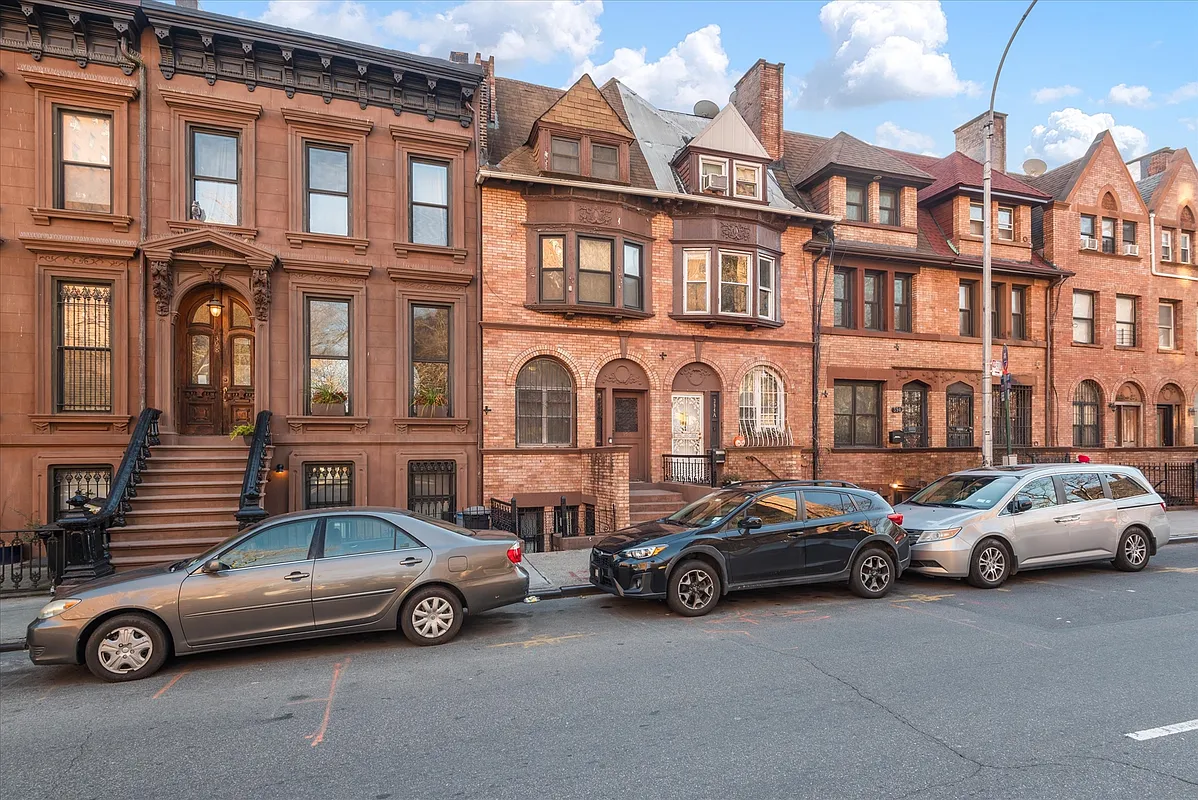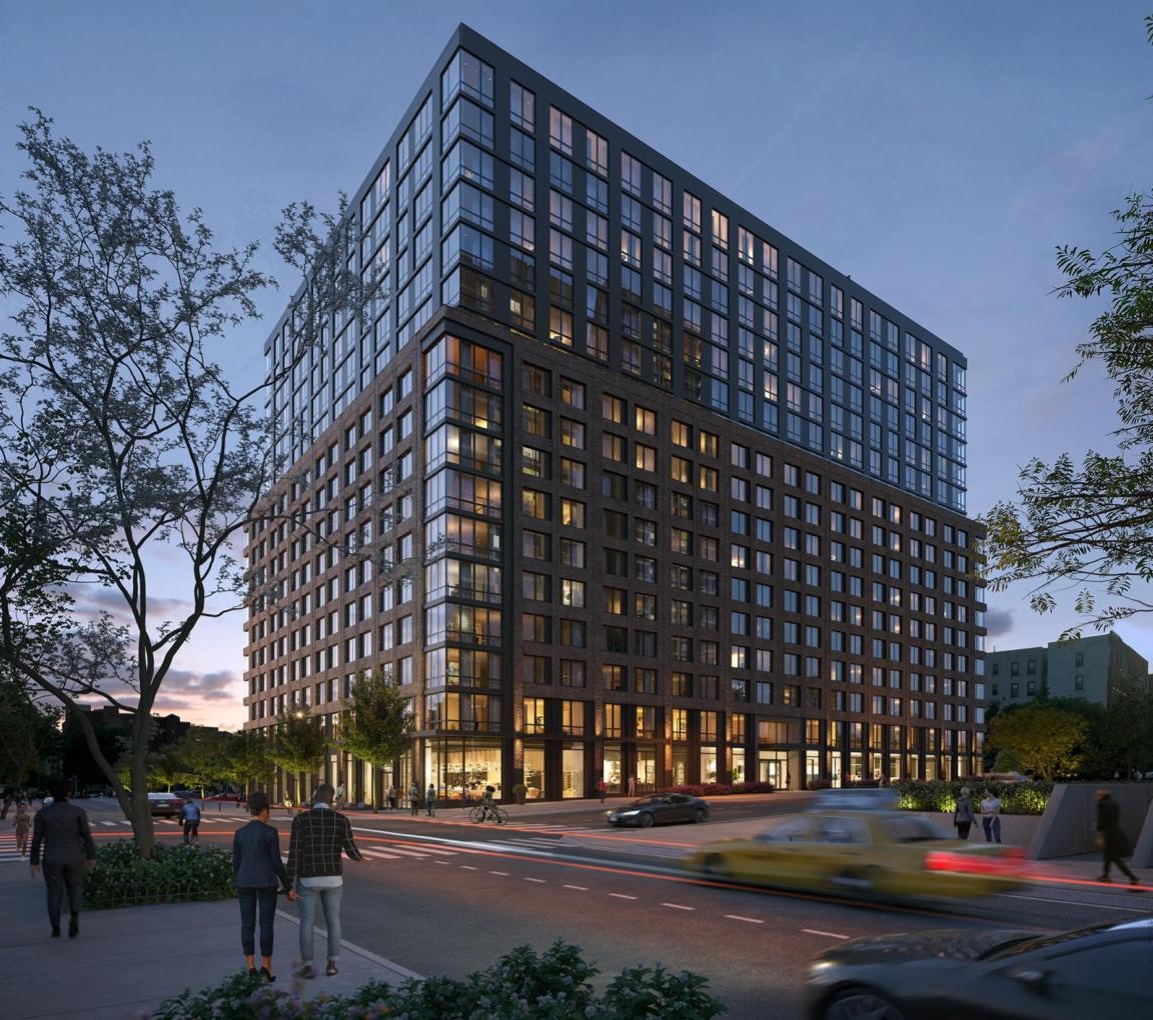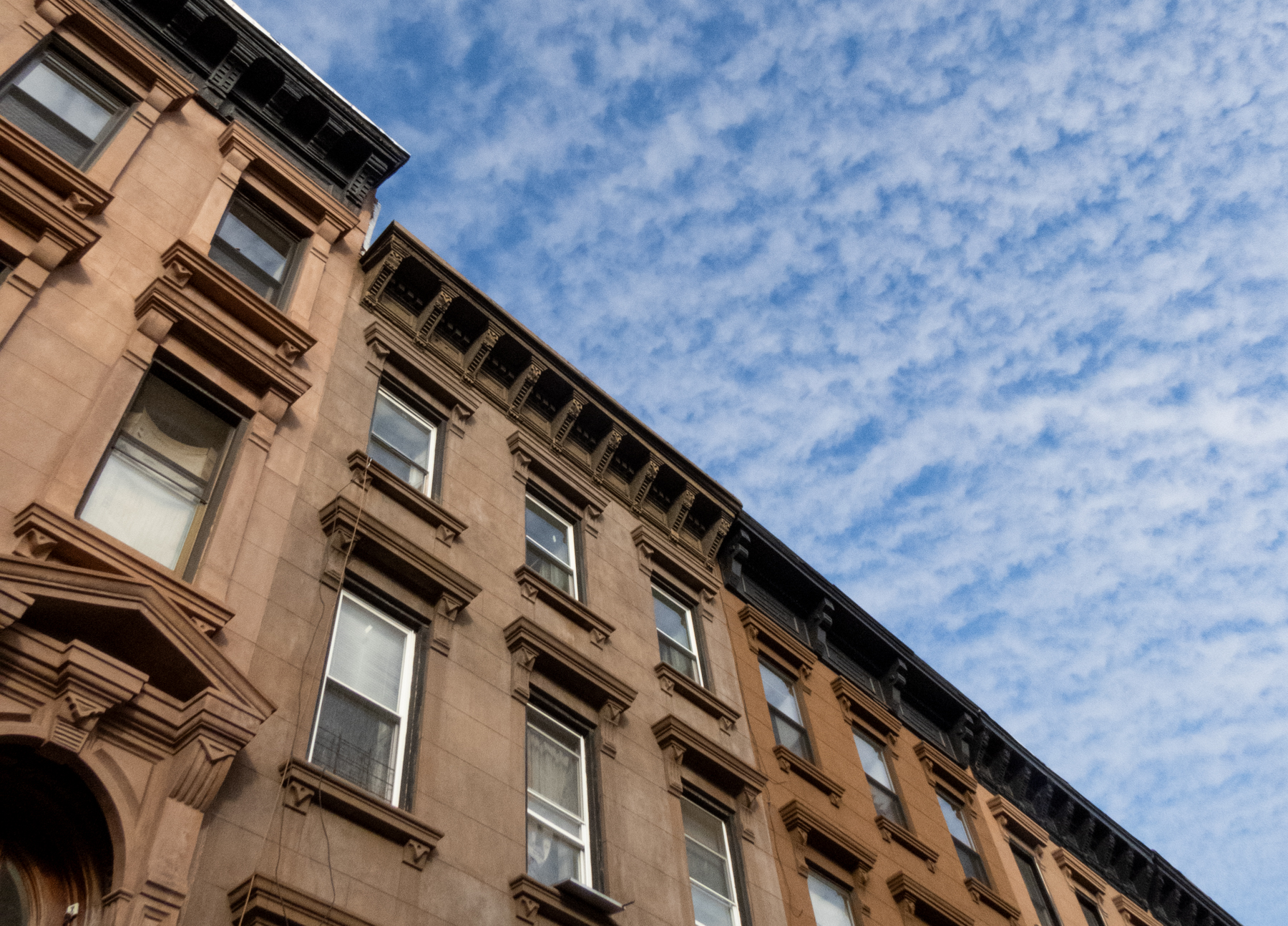The Last of the Matinecoc, Douglaston
Zion Church, on Northern Boulevard east of Douglaston Parkway, was first completed in 1830 on plans from Trinity Church architect Richard Upjohn. Wynant Van Zandt, one of Douglaston’s first prominent landowners in the early 1800s, is interred in the family vault beneath the cemetery; Van Zandt had held local services in his home before the…


Zion Church, on Northern Boulevard east of Douglaston Parkway, was first completed in 1830 on plans from Trinity Church architect Richard Upjohn. Wynant Van Zandt, one of Douglaston’s first prominent landowners in the early 1800s, is interred in the family vault beneath the cemetery; Van Zandt had held local services in his home before the church was built. Bloodgood Cutter, the famed landowner/poet who Mark Twain called “The Poet Lariat,” is also buried in the churchyard. In the last century, the church has endured two devastating fires, the worse in 1924. The present building is a faithful representation of the original.

The Matinecoc Indians, a branch of the Algonquin group, had occupied the lands of eastern Queens for centuries before Europeans arrived. While the Matinecoc tribes gradually sold off their holdings to the Dutch and British in other parts of Long Island, giving the lands a peaceful transfer, Thomas Hicks (of the Hicks family that settled Hicksville) forcibly evicted the Matinecocs in Little Neck.
Much later, when the Flushing and Hempstead Turnpike, also known as Broadway and presently, Northern Boulevard, was being graded and widened, the graves of the Matinecocks were discovered. They were reinterred in the Zion Episcopal Church cemetery in 1931. A stone marker, designed in two pieces on either side of a tree, is marked “Here Rest the Last of the Matinecoc.”
Much more about Douglaston and Little Neck will be revealed on Forgotten New York’s tour on Saturday, September 13th.
Kevin Walsh is the webmaster of Forgotten NY and the author of Forgotten New York and, with the Greater Astoria Historical Society, Forgotten Queens.









What's Your Take? Leave a Comment